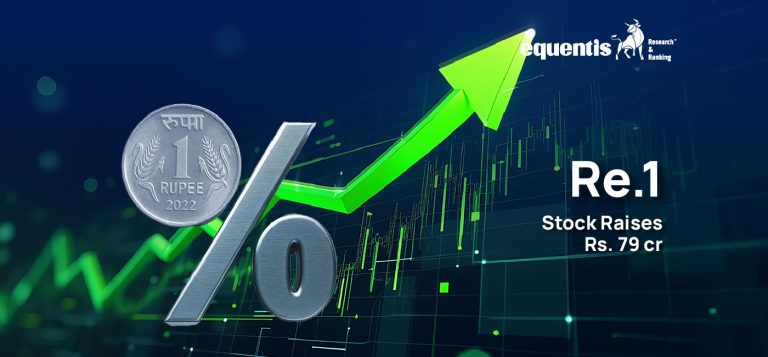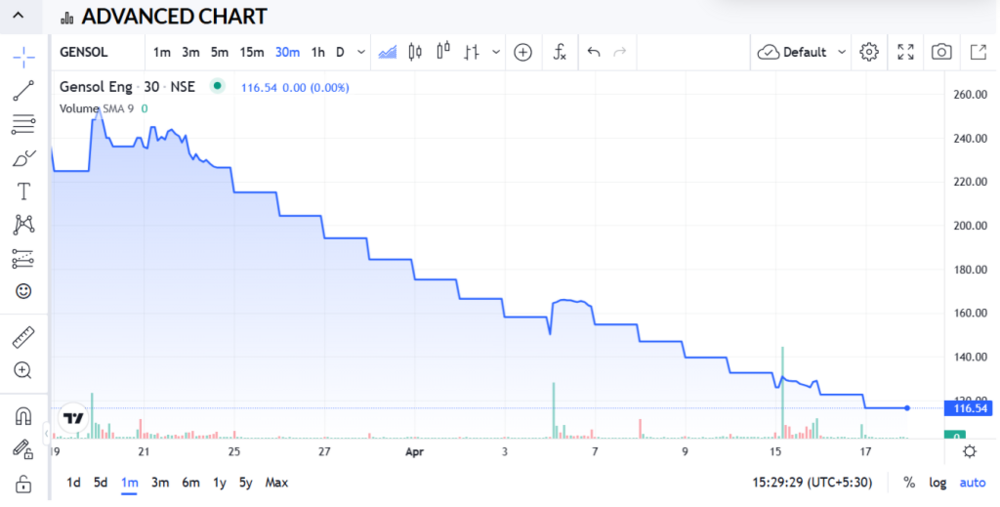Whirlpool Corporation, the US-based home appliance giant, is planning to sell a 31% stake in its Indian subsidiary, Whirlpool of India. The move is part of a global restructuring plan initiated after the company suffered a $1.5 billion loss.
The deal is expected to fetch Whirlpool between $550 million and $600 million. The transaction has drawn interest from major Indian companies like Reliance Retail and Havells India, as well as international private equity players such as EQT and Bain Capital.
Source: Economic Times
Who’s in the Race?
According to sources, Reliance Retail and Havells India are among the top contenders to buy a controlling stake in Whirlpool of India. They are joined by global buyout firms such as EQT and Bain Capital, which have been shortlisted following an initial screening round. Another major fund, TPG Capital, has also begun due diligence as part of the evaluation process.
Whirlpool’s Stake Sale Plan
Whirlpool Corp plans to sell a 31% stake in Whirlpool of India, which currently contributes 85% of its total Asia revenue. Despite the stake sale, Whirlpool wants to retain a 20% ownership in the company. The current holding is routed through Whirlpool Mauritius Ltd.
This decision is part of a broader restructuring exercise that began in late 2022. The company, known for its Whirlpool, KitchenAid, and Maytag brands, has been trimming operations in parts of Asia and Europe.
It has also been cutting costs, reducing its workforce, and shifting focus to smaller home appliances like coffee makers and blenders due to declining consumer demand for large appliances.
Previous Stake Sale Through Open Market
This isn’t the first time Whirlpool has reduced its stake in the Indian arm. In February last year, the parent company sold 24.7% through block deals worth ₹4,039 crore. Buyers included leading mutual funds like SBI Mutual Fund and Aditya Birla Sun Life Mutual Fund, along with foreign institutional investor Societe Generale.
After Whirlpool Corp announced on January 30 its intention to reduce its holding in its Indian arm to a minority stake, the share price of Whirlpool of India fell sharply, from ₹1,577 on January 29 to a 52-week low of ₹899 by March 3. As of June 20, 2025, the stock is trading at ₹1,348.60 on the NSE. The company currently has a market capitalisation of ₹16,861 crore. Based on the current valuation, a 57% stake in the company would be worth around ₹9,610 crore, or approximately $1.13 billion.
Source: Economic Times/ Business Standard

Source: NSE
Fundraising Target and Timeline
The company aims to raise net proceeds of $550–600 million (approximately ₹4,684–₹5,110 crore) from the stake sale. Investment bank Goldman Sachs is advising Whirlpool on this deal. A formal stake-sale process began in April 2025.
The deal will trigger an open offer for an additional 26% stake from public shareholders as required under Indian regulations. If this offer is fully subscribed, the buyer could acquire up to 57% of Whirlpool of India, gaining majority control. Currently, 49% of the company is held by public shareholders.
Source: Economic Times
Key Highlights & Financials of Whirlpool
| FY25 Financial Highlights | Total Revenue: ₹7,919 crore — a 16% increase year-on-year Net Profit: ₹363 crore — a 62% jump compared to last year |
| Business Restructuring Update | Exited operations in Africa and West Asia Restructured its European business, where it now holds only a minority stake |
| Whirlpool’s Focus on India | India is the only major market outside the Americas where Whirlpool continues to operate. |
| Earlier Stake Sale | In February 2024, Whirlpool’s parent company sold 24.7% stake in its Indian unit through block deals worth ₹4,039 crore. |
| Current Stake Sale Plan | Whirlpool is now planning to sell an additional 31% stake in its Indian arm, while retaining 20% ownership. The company aims to raise $550–600 million from this transaction. The proceeds will be used to repay or refinance existing debt. |
Source: Economic Times
Challenges in the Deal
Industry experts point out that Whirlpool India has limited presence in the premium appliance segment. It mainly focuses on entry-level products, unlike competitors like LG, Samsung, and Haier, which have successfully captured premium market share.
Sources indicate that Whirlpool India’s low profit margins and its lack of presence in the premium product segment have raised concerns among potential investors. If Whirlpool Corp doesn’t get satisfactory offers, it might explore selling more shares through the open market route again.
Another point of contention is the future royalty payments to the parent company. A potential investor who reviewed the deal but chose not to proceed mentioned that if Whirlpool insists on increasing royalty fees, it could further strain the already narrow margins.
Reliance’s Strategy in Consumer Durables
For Reliance Retail, acquiring Whirlpool could be a strategic move to strengthen its presence in the consumer electronics space. The company has seen moderate success with brands like BPL and Kelvinator in recent years, aligning with its broader FMCG play where Campa Cola has made a notable comeback in the beverages market.
Reliance has also launched electronics brands like Reconnect and Wyzr, but they haven’t gained much traction so far. A well-established brand like Whirlpool could help Reliance tap into the growing home appliance market more effectively.
Havells’ Ambitions with Whirlpool
Havells India is another strong contender, looking to expand its footprint in large appliances. While its brand, Lloyd, has gained popularity in the air-conditioner segment, becoming one of the top four players, it still lacks a strong presence in refrigerators and washing machines.
Acquiring Whirlpool would give Havells access to a trusted brand, robust manufacturing units, and a strong distribution network, particularly in smaller towns and cities. This would significantly strengthen its position in the consumer appliance segment. Havells already has a leadership role in the electricals segment with products like wires, switches, fans, and small appliances.
Source: Economic Times
Global Context and Competitive Bidding History
Whirlpool, one of the first multinational consumer electronics brands to enter India in the late 1980s, has been outpaced by rivals like LG, Samsung, and Haier, who entered later but expanded more aggressively. Even domestic brands like Voltas and Godrej have managed to scale up more successfully.
Interestingly, Reliance, TPG, and Bain had previously shown interest in acquiring a stake in Haier India when its Chinese parent considered lowering its stake to make it more locally owned due to India-China diplomatic tensions. However, the deal didn’t move forward due to disagreements over valuation.
Source: Economic Times
Conclusion
Whirlpool’s decision to sell a major stake in its Indian operations marks a significant shift in its global strategy. With several big names, including Reliance Retail, Havells India, and global private equity players competing for control, the outcome of this deal could reshape India’s home appliance market.
While challenges remain around valuation, margin structures, and royalty terms, the brand’s existing infrastructure and reach still hold strong appeal for strategic investors.
Disclaimer Note: The securities quoted, if any, are for illustration only and are not recommendatory. This article is for education purposes only and shall not be considered as a recommendation or investment advice by Equentis – Research & Ranking. We will not be liable for any losses that may occur. Investments in the securities market are subject to market risks. Read all the related documents carefully before investing. Registration granted by SEBI, membership of BASL & certification from NISM in no way guarantee the performance of the intermediary or provide any assurance of returns to investors.











